This post is inspired by the Gizmondo post – 10 Hidden Details in Your City and What They Mean, which was rather America-centric. Here is a more British version – all photos taken by me, in Stoke-on-Trent.
- Boot Scraper
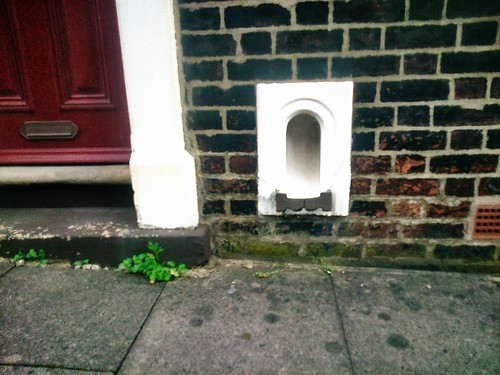
Boot scrapers were mentioned in the Gizmondo post, but they look a little different here to the one they pictured – lots of terraced houses have these built into the wall by the front door, though many are now broken. - Duckfoot
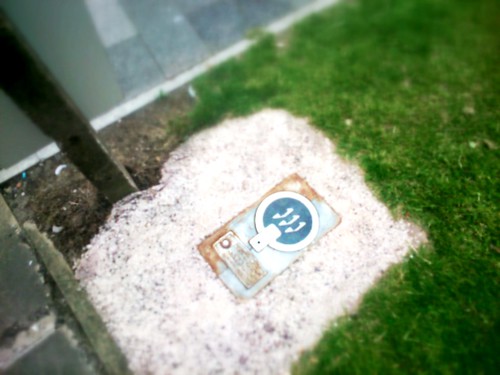
This is a site for moveable street furniture, mainly deployable CCTV cameras. Part comes up (with a special key) and provides a place for the pole to sit and access to power for the cable that runs up the inside of the pole. - Induction loop
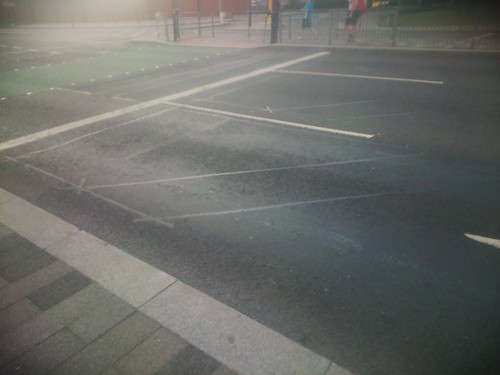
These black lines in the road cover induction loops, which detect traffic. They are used to control the timing of traffic lights, whether or not the filter lights come on at some junctions, and to count cars on car parks, for the signs displaying how many spaces are left. - Spinning cone on pedestrian crossing
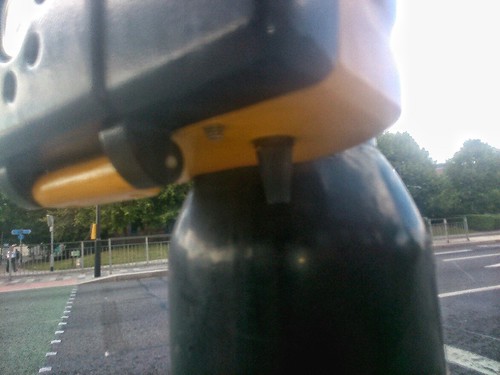
The cone sticking out of the bottom of the control box for a pedestrian crossing spins when the light is green for pedestrians. This is to help visually impaired people when the crossing doesn’t beep (if there’s two or more close by, they usually won’t, because it won’t be clear which one is safe), or with a hearing impairment as well. - Renamed Street
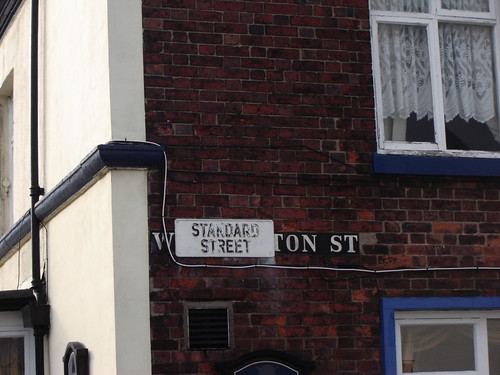
This is particular to Stoke-on-Trent. Streets being re-named probably has happened in other places, but not, as far as I know, on the scale that it has in Stoke-on-Trent. In the early 1950s there was a wide-scale re-naming of streets, because of the way the city grew up out of six towns (and several villages), so there were a lot of duplicates — including 14 different roads called “High Street”. There’s a full list on thepotteries.org. The example above is Standard Street, Fenton, formerly Wellington Street.